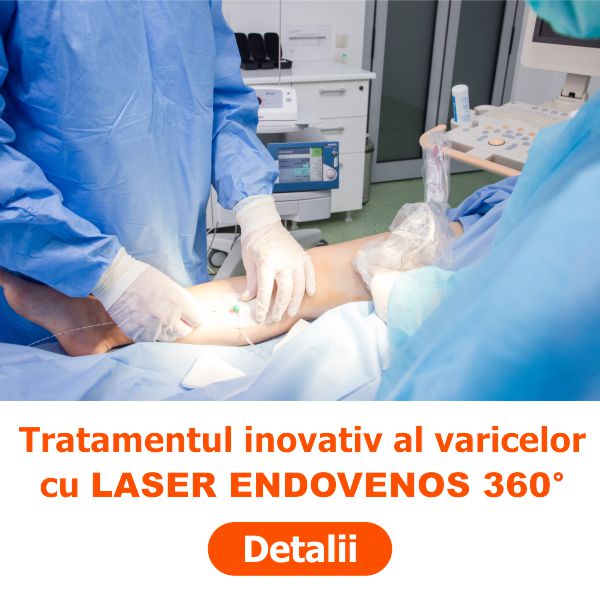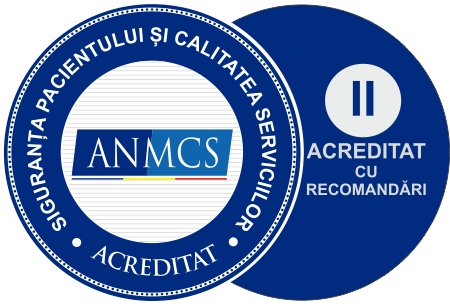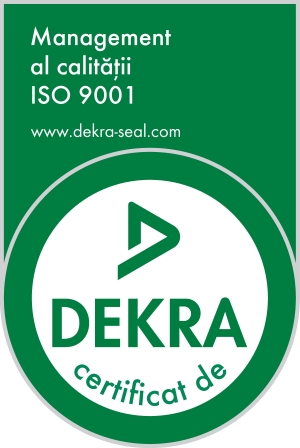Dermatophytes are dermatomycoses caused by various parasite fungi, characterized by keratinophilia, which affect humans and animals and may cause inflammatory lesions with various clinical appearances and may be located either superficially or in-depth, with or without affecting the cutaneous annexes. Epidermophytoses are present in 15-30% of the (primarily urban) adult population, and in certain sports communities or dormitories they affect up to 50% of the population.
Favouring factors: synthetic socks and underwear, synthetic and rubber footwear, the use of detergents instead of soaps, living in communities, dormitories, etc.
Clinical Forms (and Complications):
– Tinea cruris: inguinal and genital pruritus, congested and/or madidant region, surrounded by peripheral vesicles or squamous crusts.
– Tinea pedis: severe interdigital plantar pruritus, white maceration, fissures and interdigital region vesiculation (especially reg. IV), lamellar desquamation, dyshidrotic vesicles.
– Tinea faciei: circinate plaques, with raised edges, erythemato-squamous or papullar lesions, with accompanying pruritus
– Tinea manum: hyperkeratosis or exudative vesicular form, generally unilateral, Pilomycoses are located at the level of the scalp and/or chin.
– Tinea capitis: affects the scalp and has the following clinical-etiological variants:
- microsporia: is encountered in schoolchildren and causes small collectivity epidemics, being highly contagious. Clinically: large squamous plaques at the level of the scalp with equally broken hair shafts 3-4mm from the emergence site, with a thickened appearance given by the pulverulent deposit in the cuff; the dermatophyte may be identified upon the examination of the hair shaft, the infection being of the ectothrix type; under Wood lamp examination, it fluoresces green;
- surface trichophytia: small squamous plaques located on the hair-covered region of the scalp, in large numbers, with hair shafts broken at various levels; endothrix parasitism;
- deep inflammatory trichophytia: severely inflammatory pustular papulonodular lesions, grouped or confluating with the onset of tumour masses on the scalp skin, in children (kerion celsi) or in the chin skin in adults (sycosis); mild hair removal; the mycological examination reveals ectothrix parasitism;
- favus: progressive eccentric atrophic scarring, affecting the hair shaft elasticity and gloss, the occurrence of the favus cup, the parasite deceleration through mycological examination (bamboo stick-like endothrix parasitism);
- tinea unguium: nail deformation and brittleness, the yellowing of a part of the nail, the separation of the fingernail from its nail bed.
Complications:
Infectious complications are possible – staphylococcal pyoderma or erysipelas in the case of plantar mycoses or even for other locations. Eczematization is quite frequent. The lymphangitis with local-regional adenopathy was also noticed in the case of mixed inflammatory mycotic infections.



